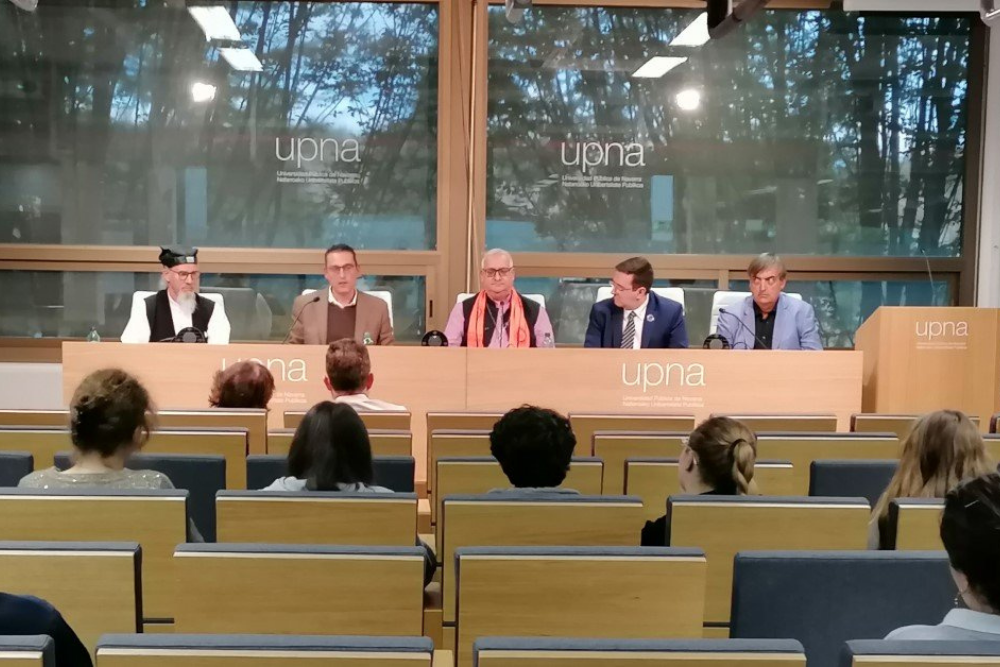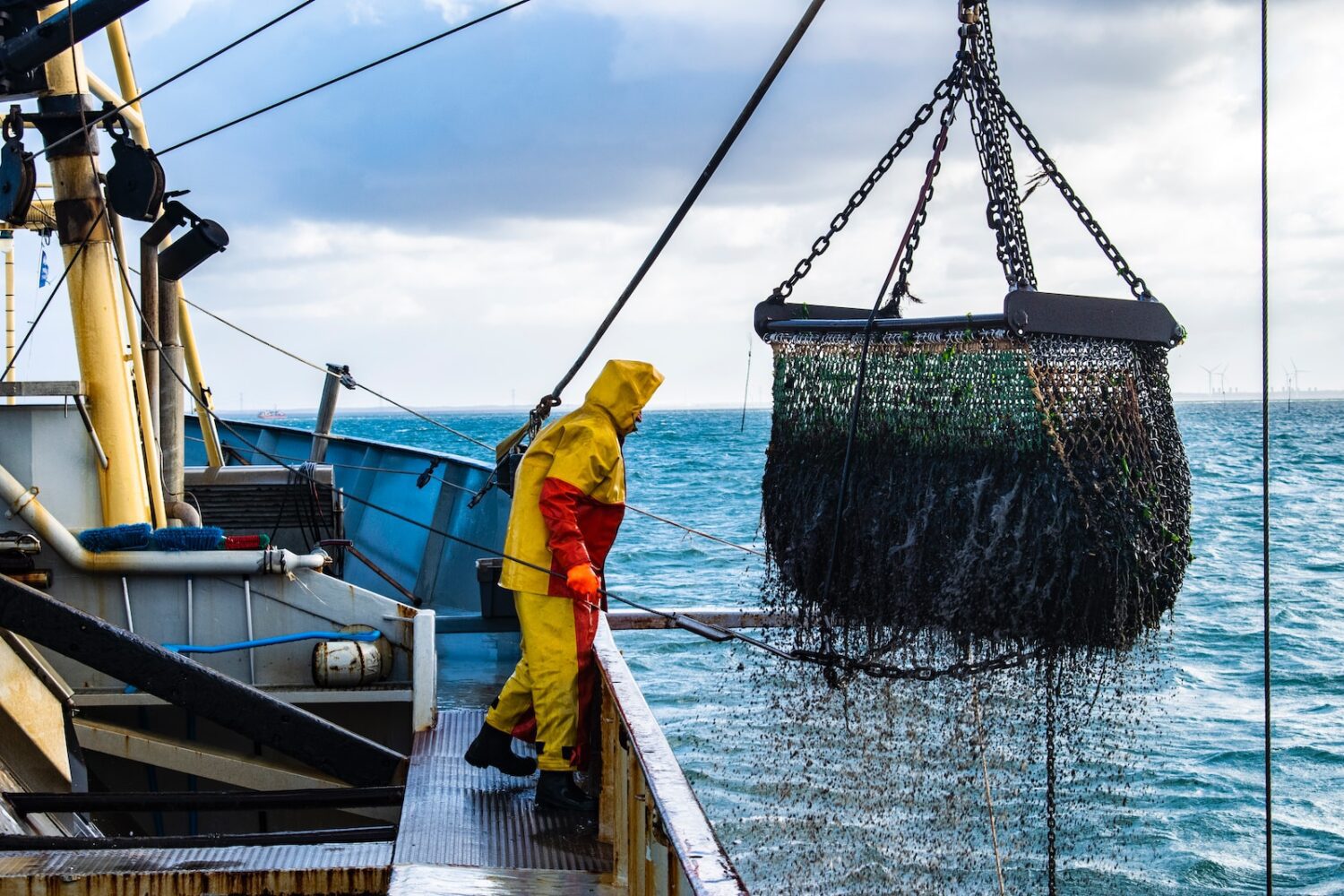The need for a sustainable food system is already recognised in Europe, but in light of increased impacts of climate change and continued high emissions from agriculture, this shift must be accelerated, according to three related EEA briefings. The transformation of Europe’s agriculture sector and food system has never been more important amid the recent COVID-19 pandemic, the war in Ukraine and impacts of climate change, all of which raise concerns over food security and resilience.
‘’ looks at agriculture from different angles exploring the root causes of unsustainability and possible paths forward. The European Green Deal and its Farm to Fork Strategy treat agriculture as more than an economic sector: it also contributes to sustainability goals such as social well-being, ecosystem health, and food and nutrition security. But efficiency gains have not halted the degradation of the environment in Europe or globally, the report notes. Despite significant investment in the Common Agricultural Policy (CAP) and other relevant EU policies, agriculture’s contribution to biodiversity loss, water overconsumption and greenhouse gas emissions continues. Notably on biodiversity, recent findings confirm the major roles climate change and intensive agriculture play in driving the decline of insect biodiversity worldwide. Moreover, rural abandonment and rural heritage loss are still challenges in Europe.
‘’ examines how social innovation can play a pivotal role in transforming our food systems into ones that are economically and socially feasible and sustainable. The study offers insights into the experimentation taking place around alternative ways to produce, trade and consume food. It notes, however, that transforming production and consumption systems towards social, economic and environmental sustainability will require huge shifts in lifestyles and patterns of consumption and production. These changes are likely to disrupt existing investments, jobs and power structures as well.
Current efforts in the agriculture sector
While total greenhouse gas (GHG) emissions in the EU have fallen by a third since 1990, reducing emissions in the agriculture sector has been a slower process and has largely stagnated since 2005. Between 1990 and 2000, the agriculture sector achieved a notable drop — of 15% — in emissions of two key greenhouse gases, methane and nitrous oxide, stemming from animal and crop production. But the rates of reductions slowed after 2000 and have been almost stagnant since 2005.
Based on EU countries’ current policies and measures, this trend is projected to continue through 2040, with only a 1.5 % decrease expected between 2020 and 2040 according to the third EEA briefing ‘’. Policies and efficiency gains have reduced the emission intensities of some agricultural products, but this has been offset by an increase in agricultural production. Further emissions reductions can be achieved by addressing the full lifecycle of food production, including transport, packaging, food processing and retail.
Opportunities for change
The European Green Deal and its Farm to Fork Strategy contribute to sustainability goals such as social well-being, ecosystem health, and food and nutrition security and despite the challenges, diverse social innovations proliferate across the food chain, opening opportunities for change. They include experiments with new foods, products, services, and business and governance models. Social innovations include shorter food supply chains, community-supported agriculture, urban farming, plant-based nutrition, public procurement schemes, food waste solutions, food education and community-building initiatives.
The experiments vary in maturity and novelty but are often enabled by new technologies and partnerships. These should be encouraged as we phase out unsustainable models of producing, trading and consuming food. For policy makers, understanding what social innovations are emerging, who is driving them and their potential impacts are key first steps towards taking action that contributes to the sustainability of the food system.
The engagement of farmers, consumers and the other agri-food actors also needs to be ensured. Raising farmers’ awareness of their responsibilities and the technical possibilities for reducing in emissions will be key. Technical and financial support for investments and tailored advice at farm level are available under the Common Agricultural Policy. Yet, achieving changes in agri-food systems also requires moving beyond questions of ‘how’ to farm. Engaging with a broad range of actors in society in exploring new ways of production and consumption is crucial for achieving resilient and sustainable agri-food systems.
Responsibility for a successful shift towards climate neutrality is not only up to farmers, but it must also include consumers and other agri-food actors. Implementing circular economy actions across the full value chain could help further reduce GHG emissions in the agri-food system. The potential for waste reduction, the reuse and recycling of materials and greater circularity start in the design phase; next, this persists through the production, consumption and waste management phases of the agri-food life cycle.












/cdn.vox-cdn.com/uploads/chorus_asset/file/24068925/2208_43_238.jpg)

